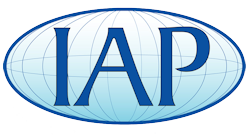Practice, Practice, Practice, Practice. :biggrin:
After I made about 8 to 10 pens, I bought some slim tubing and cut some 2x4 pine end cuts into blanks. I spent a full day, practicing turning and finishing. Not for a pen but for the experience to learn the technique that worked best for me in turning, sizing and finishing. That got me over the hump. I still had learning problems and some mess ups. But I learned the "feel" of the tool against the wood, the feel for pressure in turning, in sanding, in finishing.
My straight cuts are from the tool; the finish sanding, when I sand, is much easier at this point. So is the CA and occasional other finish.
